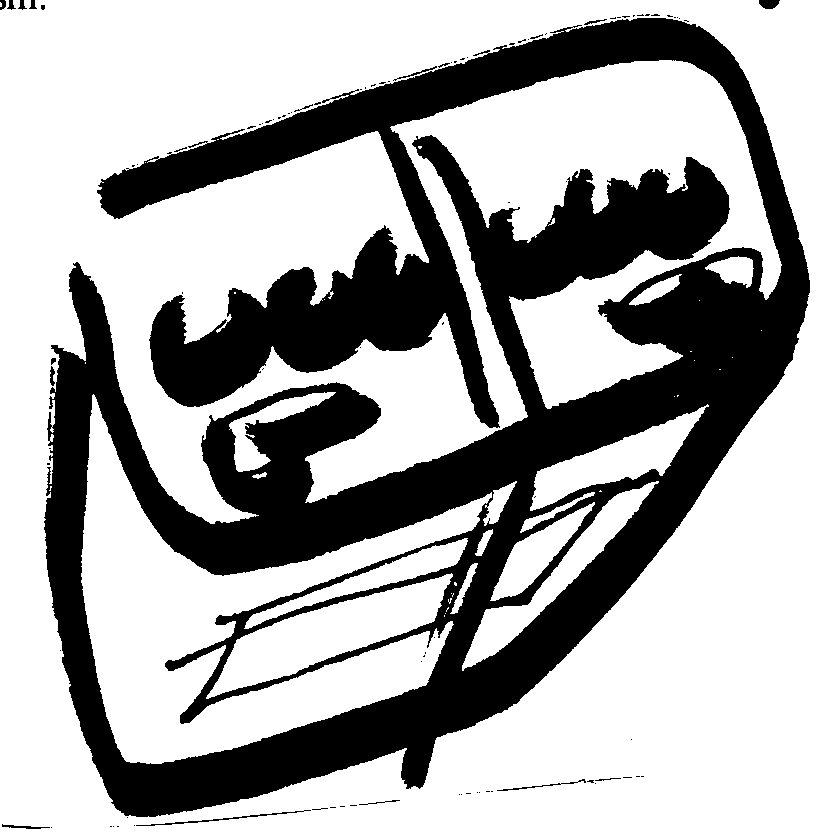|
|
||||
|
LEAD Action News Vol 3 no 2 Autumn 1995 ISSN 1324-6011 |
||||
|
About Us
|
Lead-Acid Batteries - The Problems by Elizabeth O'Brien and Ann Gethin The move towards zero emission vehicles is hailed as the definitive technological answer to the problem of air pollution from vehicle emissions from increasing numbers of cars travelling increasing distances on an increasingly overpopulated planet - see article on electric cars Currently 64% of world lead production goes to lead acid battery manufacture and the prediction is that this proportion will rise to 70% of world lead production, which itself continues to rise annually. Most people view the use of lead in lead acid batteries as safe and acceptable because power can be generated to recharge the batteries at power plants at a distance from human populations thus minimising the human health effects of emissions, and because the lead, acid and plastic in batteries are all recyclable. And if you think that's just a projection - here's some local facts about the current situation:
A possible loophole to this ban may exist in an article of the convention that allows export to countries who require the waste as a raw material for their recycling or recovery industries. However potential exporters would still have to meet the requirement that trans-boundary movement be reduced to the minimum consistent with the environmentally sound and efficient management of such wastes. We would interpret this as meaning that countries recycle their own waste wherever possible - therefore, there are no grounds for Australia to ship out its old lead batteries. The ban on trade in lead-acid batteries received a negative response from The Australian Bureau of Industry Economics. Their dire predictions include that exports could reduce by 90%. We wonder why this is seen as a problem - surely this is the intention of the ban (if not 100% reduction)! They also argue that the ban will lead to a reduction in the number of batteries recycled in Australia. In the light of increases in recycling capacities (as detailed above) this also appears to be a spurious criticism. |
|||
|
About
Us |
bell
system lead poisoning |
Contact Us
| Council
LEAD Project | egroups | Library
- Fact Sheets | Home
Page | Media Releases Newsletters | Q & A | Referral lists | Reports | Site Map | Slide Shows - Films | Subscription | Useful Links | Search this Site |
||||
|
Last
Updated 16 November 2012
|
||||

 The Commonwealth Environmental Protection
Agency "hazardous waste act policy reference group" met
recently to discuss the problem of lead acid battery waste. Australia
produces about 3.8 million waste batteries each year and in past years
about 2.5 million have been recycled. The remaining 1.3 million have
been exported, or in recent months stockpiled in Australia. As of this
year Australia will have the capacity to recycle all the lead acid
battery waste produced domestically. This means that exporting used lead
acid batteries from Australia will no longer be permissible under the
Basel Convention (previously exports have been allowed due to lack of
sufficient recycling capacity).
The Commonwealth Environmental Protection
Agency "hazardous waste act policy reference group" met
recently to discuss the problem of lead acid battery waste. Australia
produces about 3.8 million waste batteries each year and in past years
about 2.5 million have been recycled. The remaining 1.3 million have
been exported, or in recent months stockpiled in Australia. As of this
year Australia will have the capacity to recycle all the lead acid
battery waste produced domestically. This means that exporting used lead
acid batteries from Australia will no longer be permissible under the
Basel Convention (previously exports have been allowed due to lack of
sufficient recycling capacity).